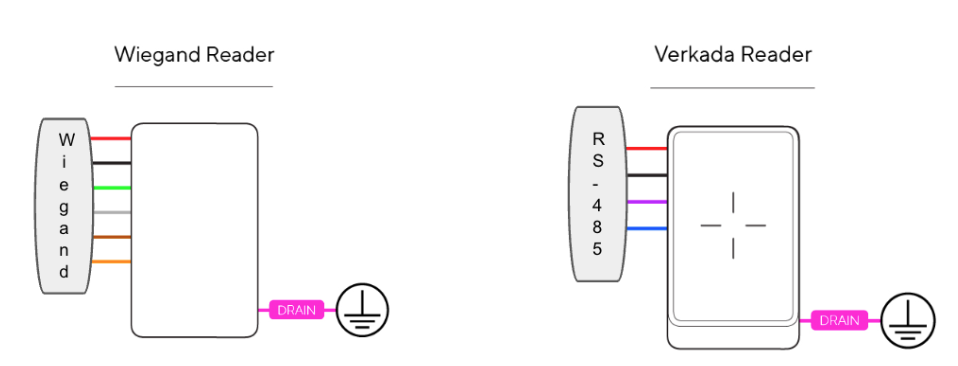By Dimi Sandu, Head of Solutions Engineering (EMEA)
When deploying access control, there are several additional components you need to consider aside from the access controller (the brains of the system). If they are missing or not in good working condition, it could result in a significant increase in the cost of the overall project.
Besides the controller, an access control system has two mandatory components (lock and reader) and two optional components (DPI and REX).
1) Lock
The lock keeps the door secured, and the system will release the lock temporarily if a successful badge scan has occurred, or if someone wants to get out. Locks come in all shapes and sizes, mostly falling into the category of electrified strikes, electrified handles, maglocks, and crash bars.
Certain locks, such as maglocks, require constant power to keep secured and are referred to as Normally Closed (NC) systems. The electric circuit is ‘closed’, supplying power to the magnets, and ‘opens’ only when the door needs to be opened. Electrified strikes and handles are usually Normally Open (NO), requiring power only when someone is entering/exiting the door. However, certain models allow an installer to swap them to Normally Closed (NC) with the help of a hardware switch.
Maglocks tend to be easier to install, especially on glass doors, where running wires might be difficult or not possible; however, as they consume energy most of the time, they tend to be more inefficient.
2) Reader
The reader scans credentials, transmitting the information to the access controller which, in turn, will process it and decide if the person is allowed access or not. If access is granted, it will reverse the relay (from NC to open or vice versa) for a small amount of time to allow ingress.
Readers come in many shapes and sizes but will use one of two well-known protocols to communicate with the controller: Wiegand or OSDP (RS-485). The latter is more modern, allowing for over-the-wire encryption and two-way communication. However, most readers deployed today are still Wiegan-based.

Certain readers also allow for two-factor authentication, either by presenting a pin pad, or more complex biometric authentication (via fingerprints/eyes/face recognition).
3) DPI (Door Position Indicator)
As the name suggests, the DPI is an optional system component that allows the access controller to understand if a door is open or closed. Without it, the controller can still authenticate and open doors, but will not be aware if, for example, a door is left open, thus compromising the whole security posture of the area. As seen in the picture below, the DPI in itself is a circuit, alternating between closed and open, and very similar to an alarm door contact sensor:
Some access control systems will alert an admin if a door is left open for a period of time, and this is only possible if a DPI is installed.
Certain maglocks contain the DPI element built in, and are referred to as ‘monitored maglocks’.
4) REX (Request to Exit)
The REX allows a person to exit an access-controlled door, and it can either be a physical button or an infrared sensor placed above a door.
The REX is considered an optional component because certain locks allow for ‘manual egress’, where the user’s action of pushing the handle from the inside is the only thing needed to open the door, without the need for the access controller to get involved. This is very similar to a hotel room, where a user needs to badge in, but getting out is purely a matter of pushing the handle.
Even if optional, REXes are recommended, because some access control systems will use the information to report on Door Forced Open events. Without a REX (in the form of a PIR), the system would not be able to differentiate between an intrusion attempt and a person legitimately wanting to go out via manual egress. Door Forced Open alerts are essential not only if someone would brute force the door, but also if they would tamper with the lock and return at a later time and open the door (e.g. tape the latch to prevent it from coupling).
Wireless locks
So far we have described a usual access control system, where the components are all wired to a door controller using low-voltage electrical cables. However, in some cases, it is very difficult to wire certain doors, either because of restrictions (e.g. graded buildings or aesthetic concerns) or the high cost of cabling. In that scenario, one could consider installing wireless locks that contain the reader and optionally the DPI & REX built-in within the handle itself.
Wireless locks are easier to install, however battery life and replacement are a consideration, making them not suitable for high footfall doors (over 75 entries a day), or perimeter locks, where doors with multipoint latching systems would be preferred (to withstand tampering and brute force more effectively). In addition, these locks will use wireless protocols to talk to a central hub, for management purposes, so proper planning regarding distance and signal strength is also mandatory.